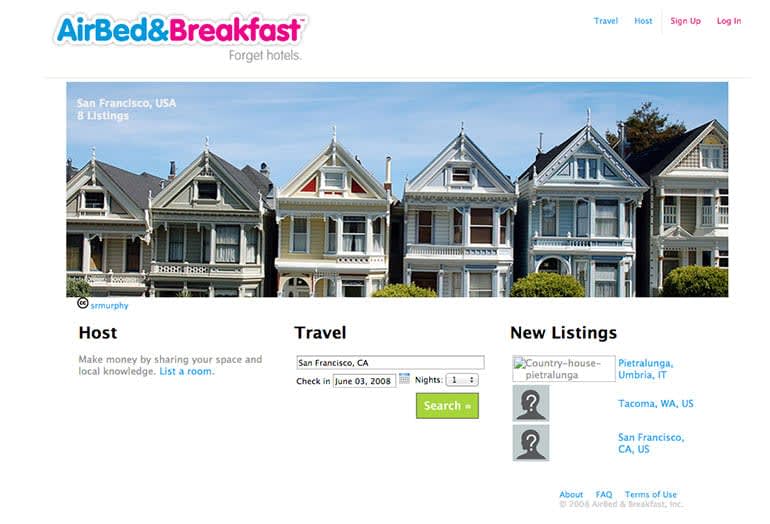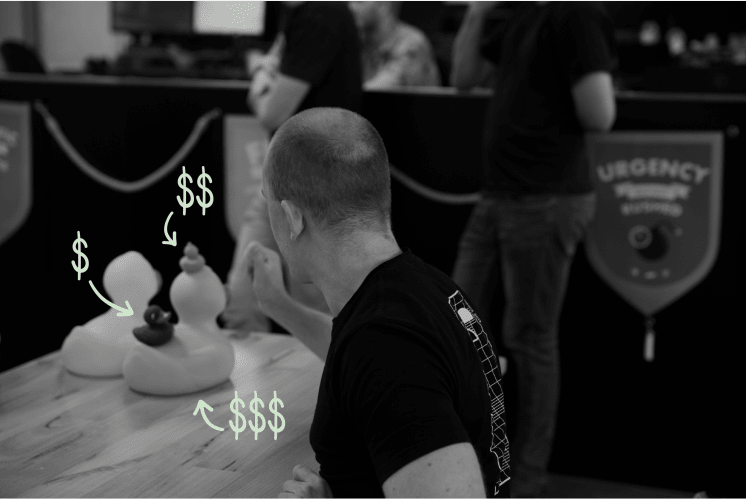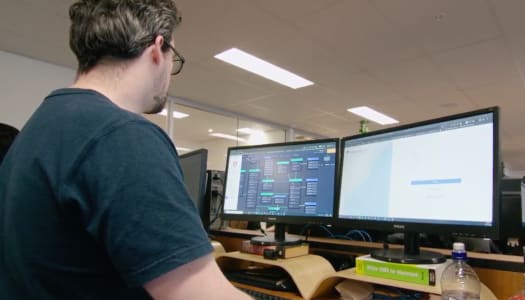No two projects are the same. That’s what makes your software application special. But do applications share common motivations?
Let me explain.
Imagine this; you’re attempting to disrupt the sports industry by creating new GPS technology. There’s a hardware and software component. However, in order to make pre-sales and raise additional funding, you have to prove that the technology works.
Now imagine an ex-colleague of yours is in manufacturing. There’s a big opportunity to implement machine learning for quality control purposes. Based on the size, shape and weight of a fridge door, the application will determine whether it passes quality control checks. In order for the business to properly fund the project and roll it out across its various locations, it needs to know that the investment is justified.
While the functionality and the industry in these two examples may differ, your project and your ex-colleagues share the same motivation. You both need to prove a concept before building out a larger product.
We’ve found that there are commonly 3 types of software applications. The type of application you’re building is likely to have a direct impact on the cost. This comes back to how you can accurately estimate the cost of your software project.
Proof of Concept
We’ve already touched on this in our example above, but let's go into a bit more depth.
(Also, not that it’s a contest, but your GPS project sounds way cooler than your ex-colleagues.)
A Proof of Concept (POC) is an experiment or pilot project to demonstrate feasibility of a design concept or a business proposal.
You might be building a Proof of Concept for any number of reasons. Maybe there are technical questions you need to be answered first? Or, maybe there’s a big risk that your user base won’t adopt a new product. Either way, you’re building small to prove or disprove that the product works.
One point I want to take a second to reiterate is, don’t underestimate the value of failing early. Let’s take Quibi as an example. The company raised $1.75 billion (yep, that’s a lot of money). The idea itself was focused on a short-form mobile-focused streaming service. Picture Vine from a few years back, or TikTok in more recent times.
The product had a 90% drop off rate from free-trial to paid plan. That’s huge, but it might be salvageable if the volume was high enough and the pricing tiers were high. Unfortunately for Quibi, that wasn’t the case. The tiered pricing plan had two models, the basic $4.99 and the ad-free $7.99 plan.
So then, what lessons can we take from Quibi?
While there is most definitely more than one, I usually opt for the most obvious. You can disprove your product for a lot less than $1.75 billion.
With the availability of free alternatives like Youtube and TikTok, there may have never been a successful path forward for this product. Perhaps, the best option was to rival streaming platforms like Netflix and Prime. We will never know. That’s the issue when you start big, it tends to turn into an all or nothing play.
How much does it cost to create a Proof of Concept?
The benefit of starting with a Proof of Concept is that it should be cheaper than any other application. For the purpose of this article, we’ll say a Proof of Concept is a functioning application. It could be defined as a clickable prototype – but we’ll go that next step and say it has to have a backend, frontend, database (you get the gist).
We estimate the cost of a Proof of Concept at around the $40K AUD mark.
It could be more or less, depending on the trade-offs you’re willing to make. Don’t forget, even though you’re creating a Proof of Concept it still has to meet requirements, and you’ll still need some quality control mechanisms in place.
Minimum Viable Product
A Minimum Viable Product (MVP) is a first version of a product with just enough features for users to provide constructive feedback for future development.
The key difference between a Minimum Viable Product and a Proof of Concept is that an MVP is ready to launch with your market. A Proof of Concept, on the other hand, should only be used to validate and de-risk. In other words, it’s not ready for your users.
With an MVP you have a clear goal – gain market feedback. And as you may have guessed, in order to do that you need to release to your market.
But keep in mind, it’s by no means the polished final product with all the bells and whistles.
Let’s take Airbnb as an example. The idea came out of an inability to afford rising rent prices and a spare air mattress. I’ve included a screenshot of one of the earlier versions of the platform below.
 It's come a long way since 2010 and has been fortunate enough to gain the product/market fit needed to validate the bells and whistles.
It's come a long way since 2010 and has been fortunate enough to gain the product/market fit needed to validate the bells and whistles.
How much does it cost to create a Minimum Viable Product?
Again, there is no one size fits all answer to this. The most important thing to keep in mind here is that there is always a path forward, you may just need to be flexible on what that path is.
To be a bit more specific, don’t expect to have a long list of requirements and build a minimum viable product. We’ve found that the average cost for a Minimum Viable Product is around the $70K AUD mark.
When there is a non-negotiable scope packed with must-have requirements, you’re building a full-scale product. While this isn’t a bad thing, it’s just something to keep in mind when evaluating what type of software application you’re building, and the likely costs associated.
Full-Scale Product
I won’t touch on this too long as it’s relatively self-explanatory. A full-scale product might not be the final version of the application but it’s bigger than the bare minimum. Reiterating what was said above, if there are specific requirements that must be done, or the backlog is looking pretty sizeable, it’s likely that you’re building a full-scale product.
How much does it cost to create a Full-Scale Product?
There is so much variance when it comes to product development. No two applications are the same. For this reason, it is very difficult to blindly give an accurate average cost. It’s possible to build a full-scale product for around $90K AUD however on average it is more likely to be over $130K AUD.
The unknowns and ambiguity around the cost of building a product may seem scary. But it’s important to understand that so much of this can be controlled and mitigated by you as a product owner. Understand what you’re willing to spend and what is important right now. Once you’ve worked that out, stick to your plan and you’re likely to come out with a product that’s within your budget.
What’s an accurate number for you?
We’ve created a software pricing guide that will step you through what you can expect in greater detail. It also explains why the cost of software development is what it is and how to ensure you’re getting a fair market rate.
There are also a few steps I recommend you take to find an accurate cost:
Determine what the goal of your application is. Do you need to prove the concept first? Do you have a strict list of requirements or are you flexible?
Manage your priorities. The numbers I gave you above are averages and guides but with poor product management, they won’t be accurate.
Leave room in your budget for support. We recommend leaving around 10-20% of the cost of development for your first year of support.






